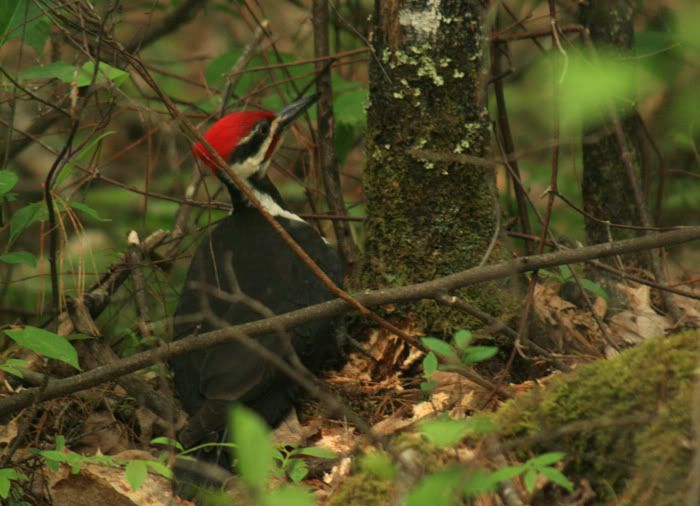sardog1
New member
- Joined
- Nov 8, 2003
- Messages
- 2,579
- Reaction score
- 231
In our neck o' the woods, downies are common, and the pileated are also frequently heard if not seen. We don't see hairies much - are they less common, or am I just mistaking them for big downies?
Cornell has a great Downy/Hairy comparison page. It indicates that the little guys are more suburban in their habits, which might account for your greater frequency of observation.

